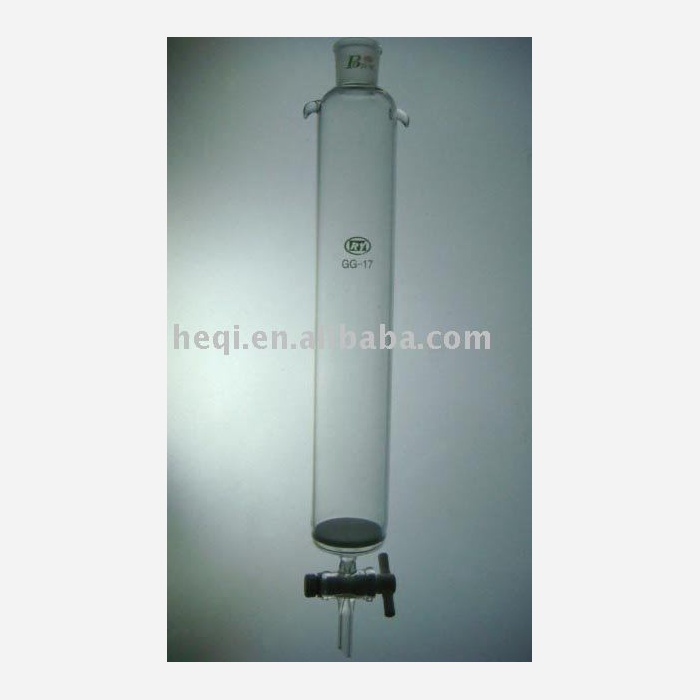Essential oils - Iontosorb W
Residual water removal from medical plant essential oils
Essential oils are gained from medical plants by steam distillation. If the least traces of water are not removed, even a negligible rest of water causes turbidity of the oil. Such turbidity can even occur when air moisture (humidity) condensed in a flask with the oil. This condensation is more probable when the flask is half-empty. For removal of this residual water, various chemical desiccators are used, which can contaminate the oil. Besides that, filtration is necessary, which can be time consuming.
The firm Iontosorb developed a special completely natural sorbent (Iontosorb W), which can remove all residual water from medical plant essential oils, by which the oil becomes bright and fully water-free. This oil is not contaminated by any ions differently from using silica gel, lime stone etc. Water is removed from the oil by a column method (by pouring the oil through a column with a sorbent). Drop in pressure of the column is low, because the sorbent has a spherical shape and the oil, in spite of its higher density, flows through the columns very well.
Basic advantages
- Removal of all residual water.
- Bright clear oil.
- Removal of certain odor species (present so called front and back parts of a distillate) from oils (for example Lavandula oil etc).
Partical size
| Type | Particle Size [μm] |
|---|---|
IONTOSORB W | 50 - 75 |
| 150 - 300 | |
| 200 - 500 |
Useful data
1 KG of Iontosorb W cca 1.2 L of dry Iontosorb W
1 L of dry Iontosorb W cca 883.3 KG of Iontosorb W
The higher the column diameter, the larger the particle size of the sorbent. According to an empiric rule the diameter of the column should be always larger then 20 multiple of sorbent particle size. The length of the column should be, in practice, 10 - 20 times longer then its diameter, but it is not necessary to keep this ratio.
Calculation of Iontosorb W amount
Iontosorb W [kg] = EO [kg] * water content in EO [%] * 0.0125
EO = Essential Oil
Example
- INPUT DATA:
- Water content in essential oil, % (for example 0.8 % of water);
- Amount of treated essential oil, kg (for example 50 kg)
Weight of Iontosorb W needed for water removal from essential oil: 50 * 0.8 * 0.0125 = 0.5 kg = 500 g
- RESULT:
- To purify 50 kg of essential oil containing 0.8 % of water, 0.5 kg of Iontosorb W is necessary.
How to use Iontosorb W?
Use of Iontosorb W is described in the following procedure
- A glass column with a frit, tap and ground-joint (for example fig. 1, 2) is filled from its bottom up to 1/3 of its height with an essential oil to be treated.
- An adequate amount of Iontosorb W (according to a volume of the column) is then stirred with the oil to make a well-liquid slurry.
- The slurry is then poured into a column with a closed tap and the sorbent is let stand. Free oil above a layer of the sorbent is discharged by opening a tap, only about 30 mm of oil should remain above the layer of the sorbent. This oil is returned for purification.
- Then a receiver with a treated essential oil is fixed to the top of the column, a tap of the column is open and the oil is let pass through the column in an adequate flowing velocity. The first portion of oil (about 1.5 multiple of sorbent volume) should be returned for purification, it is not completely water-free, because it contains oil from intra-particle space in the column.
- Further portions of oil are water-free. This oil should be bright clear, without turbidity.
| Fig. 1 | Fig. 2 |
 |
 |
Amount of oil which can be treated by Iontosorb W depends on original water content in the oil.
- ↑ UP THIS PAGE.
